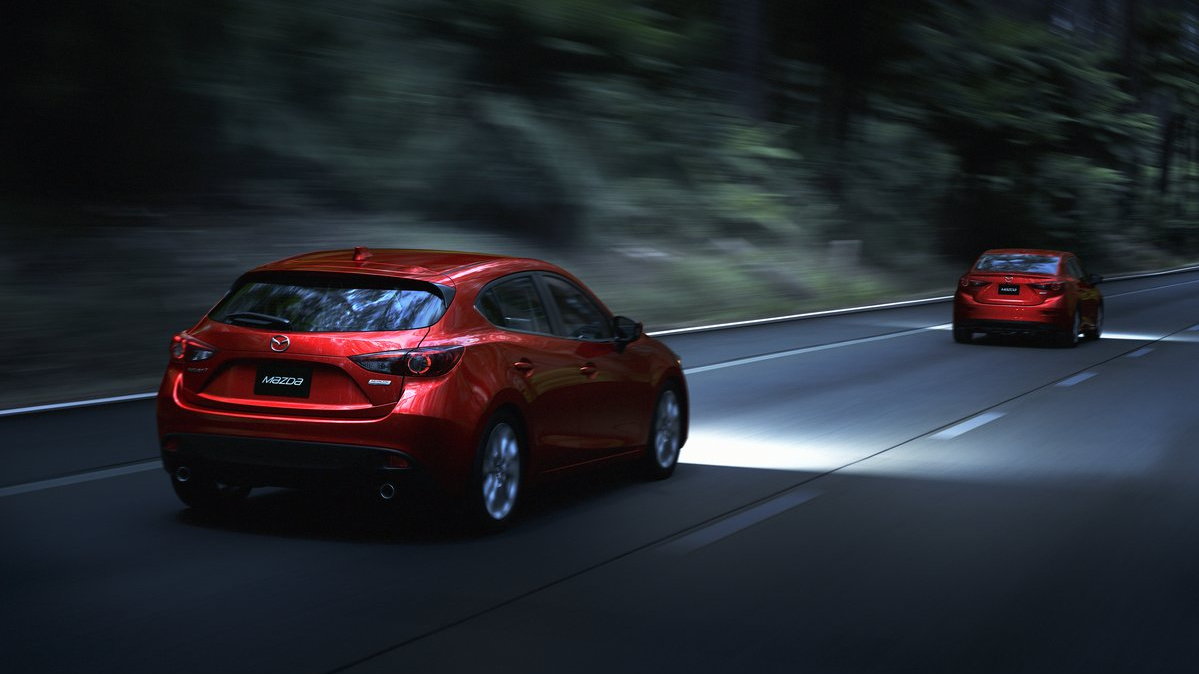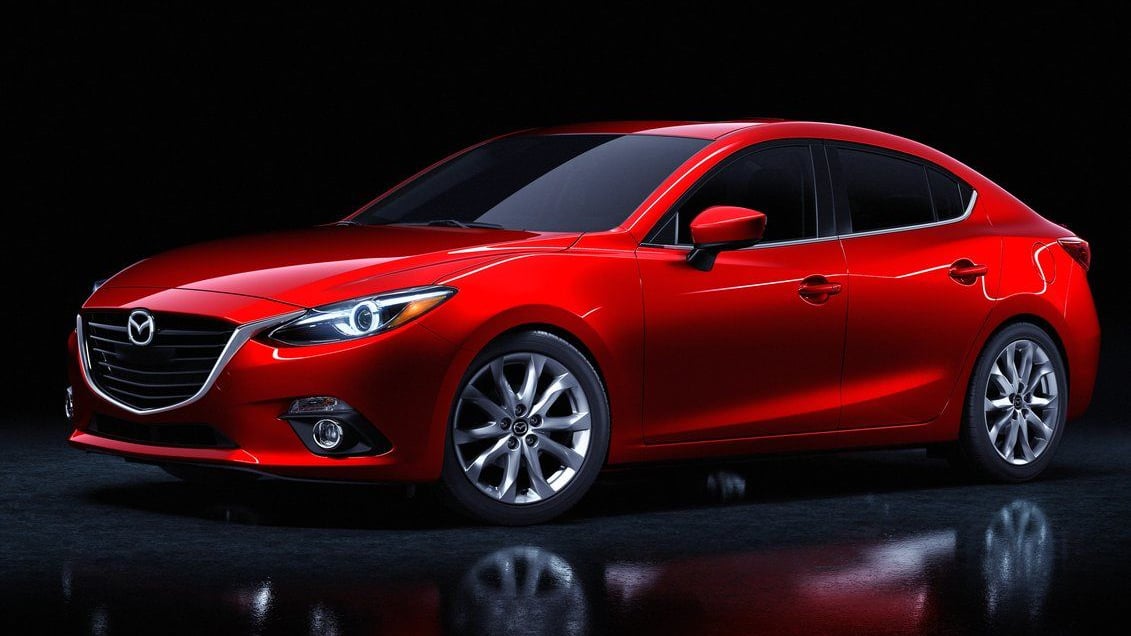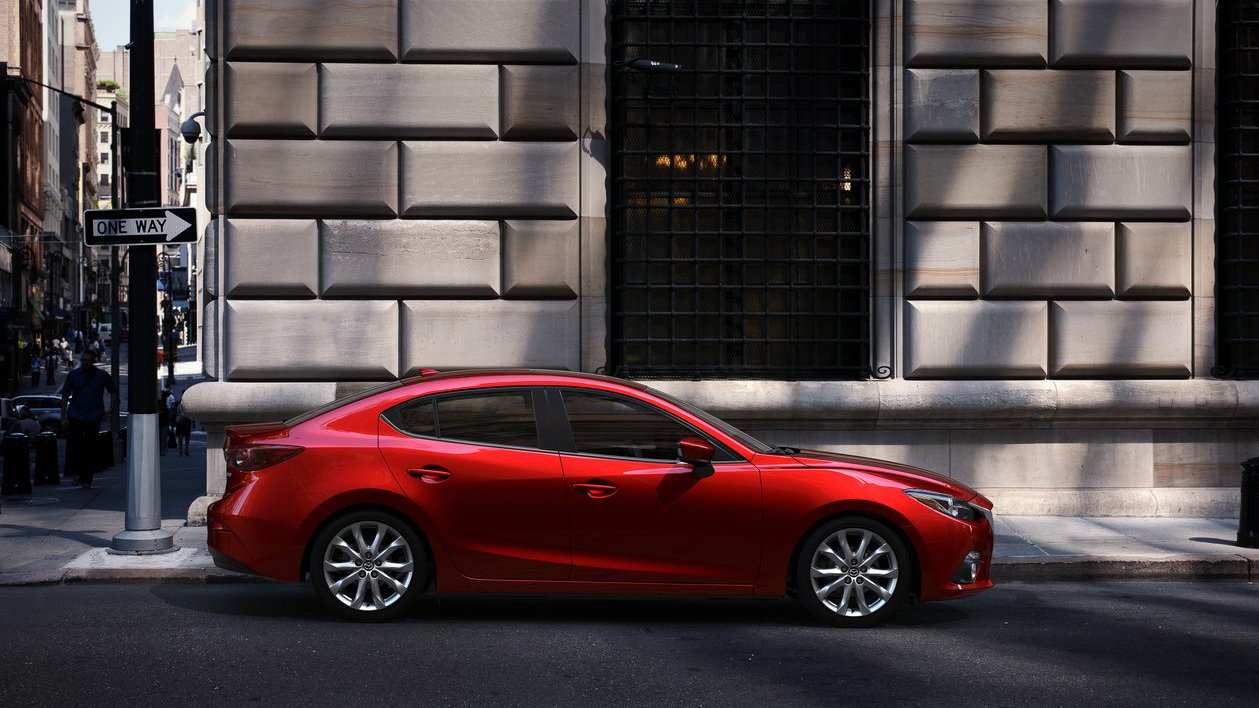Instead, the Japanese automaker is already working on the next two generations of its Skyactiv engine line, ready to power its future vehicles.
Set to debut in 2020, Automotive News reports the next-gen Skyactiv units will deliver a 30 percent improvement even in relation to today's gas-sipping units.
That's quite a target, and suggests some seriously impressive gas mileage. Today's Skyactiv 2.0-liter gasoline unit returns 30 mpg in the city, 41 mpg highway and 34 mpg combined in the 2014 Mazda 3 with an automatic transmission.
While some hybrids are capable of more, it's enough for the Mazda 3 to out-punch rivals like the Ford Focus SFE or Chevrolet Cruze Eco--as well as beating the smaller, lighter and smaller-engined Mazda 2 subcompact by up to 6 mpg on the highway.
A 30 percent improvement could see highway mileage of 53 mpg, and combined economy in the mid-forties--with no hybrid systems or diesel engines required.
European standards
The new engines are expected to debut around 2020 and are largely a response to incredibly strict European emissions standards for new cars.
By 2020, automakers selling in Europe are expected to have fleet-wide CO2 figures of no more than 95 grams per kilometer--the equivalent of 57 mpg in a gasoline vehicle, or 65 mpg in a diesel.
By 2025, standards will be even stricter at 65 g/km, or around 83 and 95 mpg for gasoline and diesel models respectively.
While electric vehicles and hybrids are likely to be more widespread and help to reduce fleet-wide emissions by this time, internal combustion vehicles won't have disappeared entirely--and new technologies are required to make them as frugal as possible.
EVs in Mazda's sights
Mazda has its goals set high: by 2025 and the third generation of Skyactiv units, it's aiming for well-to-wheels carbon emissions on par with electric vehicles.
The new units will use cutting-edge engine technology like homogeneous charge compression ignition (HCCI)--gasoline engines firing without a spark, just like their diesel counterparts--and ultra high compression ratios of 18:1 (compared to the current 14:1 of Skyactiv units).
Electrification is also planned, though Mazda's outlook is one of simplicity--efficiency will allow them to sidestep the complication of eight and nine-speed automatic transmissions or CVTs, for example.
While there are still hurdles to overcome in terms of engineering, it could take the humble gasoline engine to new heights--particularly if Mazda delivers on its EV-matching CO2 goals.
_________________________________________



















